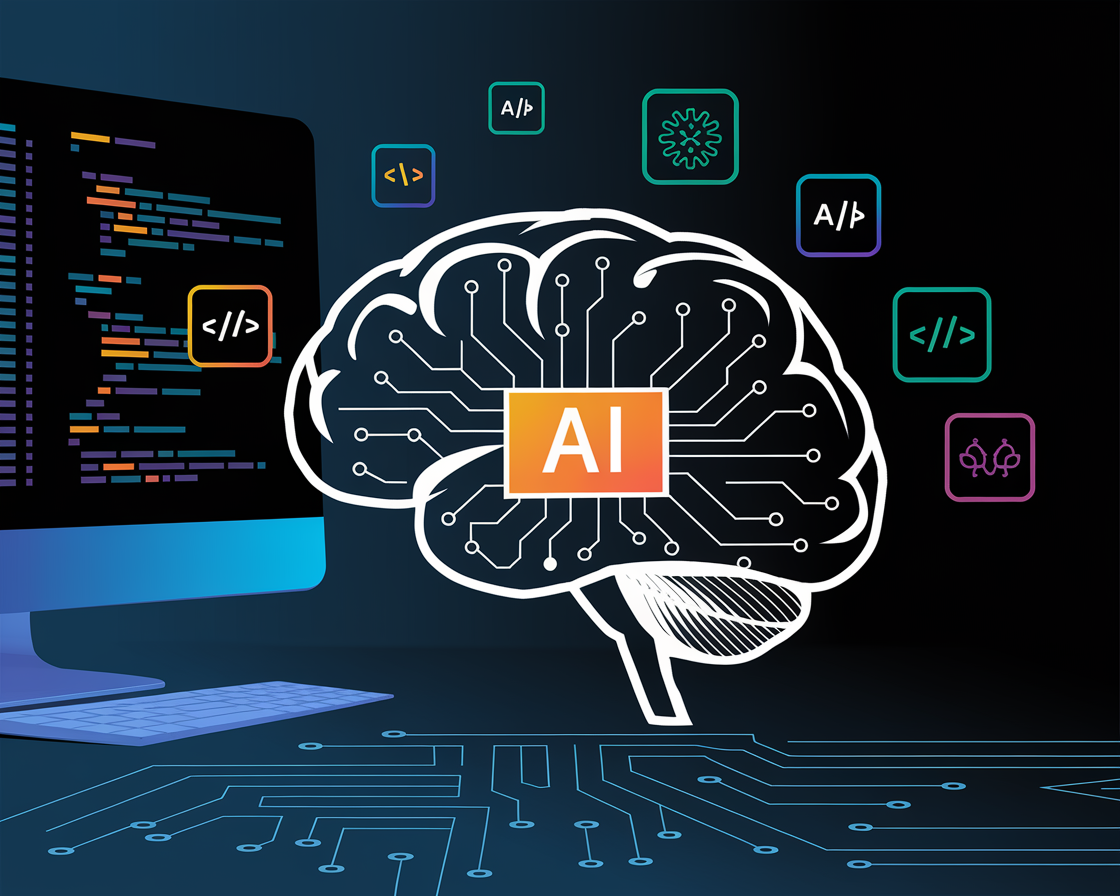What is AI Transparency? Why Transparency Matters?

The rise in the growth and development of Artificial Intelligence (AI) models has ushered in a new era in the field of technology, revolutionizing industries like healthcare, finance, and education, enhancing decision-making, and fostering innovations. As years go by, these AI models are changing and adapting, and more ingenious solutions are being built to solve complex problems and improve human-computer interactions. However, maintaining transparency becomes challenging in such a changing landscape as AI models are continuously updated and trained on diverse datasets, which might lead to issues like biased outputs and lack of interpretability.
What is AI Transparency, and why is it important?
AI Transparency simply refers to the ability to understand how an AI model makes its decision. People should know about the data used to make decisions, along with the right to know about their data usage. Decisions that have a moral or legal effect should be justifiable and unbiased. For example, banks nowadays use credit risk prediction models to decide whether a person gets their loan approved. It’s important to understand how the model reached its decision to ensure a potential candidate isn’t unfairly denied a loan.
A transparent AI model has the following benefits:
- It builds trust among users and stakeholders, and they are more likely to engage with technologies with more transparent models.
- It ensures that there is no bias towards any social group, promoting fairness in decision-making, especially in high-risk domains like healthcare or finance.
- AI transparency ensures accountability, allowing developers to trace back and diagnose any errors made.
- It also helps developers understand how the model operates, allowing them to fine-tune them for certain use cases.
- Transparency in AI also helps in addressing compliance policies across the world.
What is the need for AI Transparency in critical industries?
Today, AI models are widely used in the healthcare industry to identify patterns and trends that help in disease prevention. Incorrectly diagnosing a patient is highly undesirable, as it can lead to inappropriate treatments, delay proper care, and harm patient trust. Therefore, it becomes critical to validate AI models rigorously and ensure transparency in their decision-making process.
Finance is another area where AI models are commonly used for risk modeling, fraud detection, and investment strategies. However, inaccurate predictions or biased algorithms can lead to significant financial losses, regulatory issues, or unfair practices. We have already discussed an example of how an unfair AI model can deny someone a loan. Therefore, it’s essential to ensure transparency and fairness in AI models used in finance, allowing stakeholders to understand the reasoning behind decisions and build trust in the system.
Autonomous driving is also a high-stakes area where we are entirely dependent on the AI model for making decisions. Even a small error can lead to an accident, impacting the lives of the passengers as well as others on the road. Thus, it must be ensured that such AI models are thoroughly tested with a strong emphasis on their transparency and explainability.
What are some of the best practices for AI Transparency?
Firstly, the users should be informed about how their data is collected, stored, and used, ensuring transparency and giving them control over their personal information. This helps build trust and ensures compliance with data privacy regulations. Moreover, users should also be communicated about the steps taken by the developers to prevent and address biases in AI models.
Regular assessments should be made to evaluate and mitigate any potential biases in the training datasets. Additionally, the types of data included and excluded from the AI model should be known so that users know more about its limitations and capabilities. The end goal should be for the AI model to produce consistent answers for the same input.
Conclusion
With the growing capabilities of AI models, it becomes more challenging to understand the decision-making process behind them because of the complex ML algorithms used. Moreover, many AI models, especially Large Language Models (LLMs), are trained on a huge corpus of publically available datasets, which may have some biased information, potentially affecting the model’s fairness.
To address these concerns, it is crucial to prioritize transparency, fairness, and accountability in AI systems. Developers must proactively mitigate biases, ensure ethical data usage, and communicate clearly with users. By doing so, we can build AI systems that are not only powerful but also trustworthy and equitable.
Shobha is a data analyst with a proven track record of developing innovative machine-learning solutions that drive business value.

